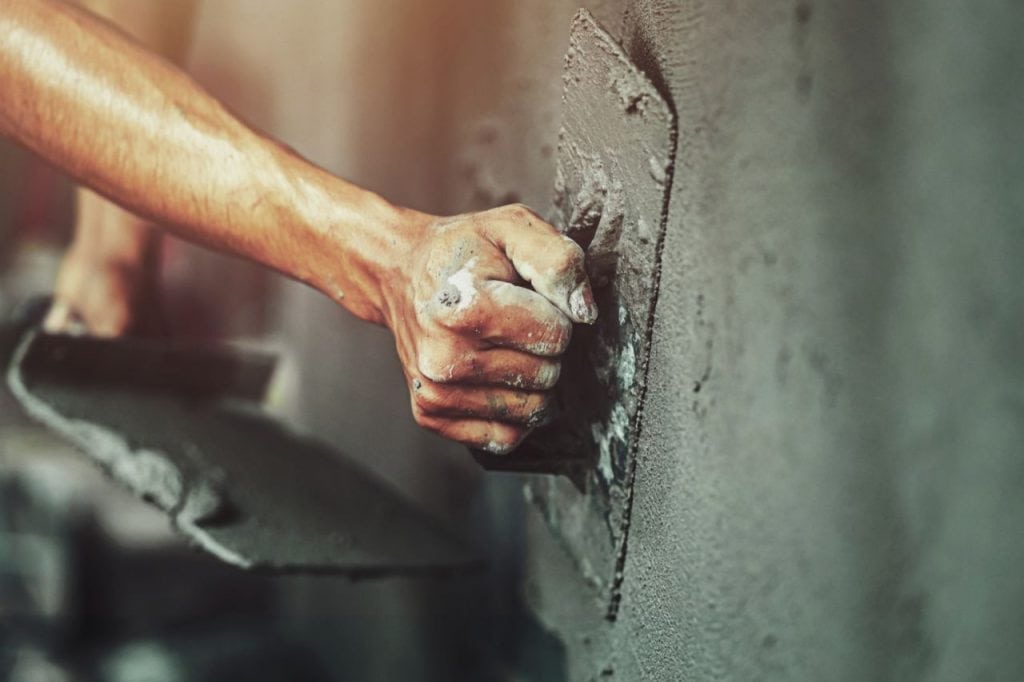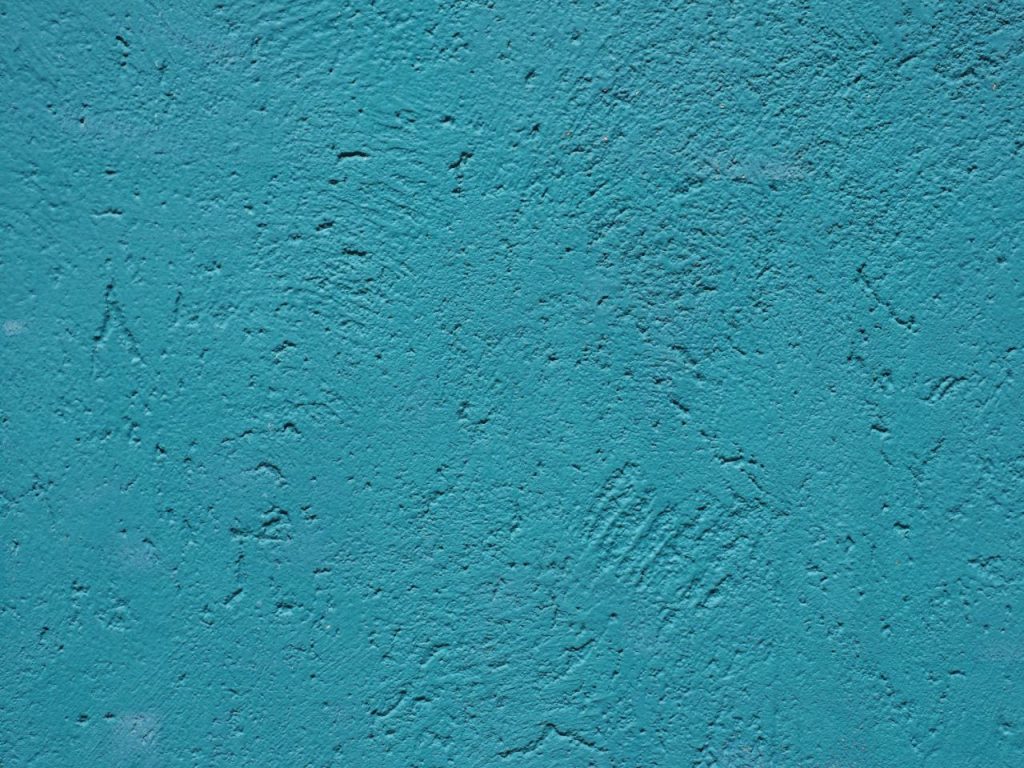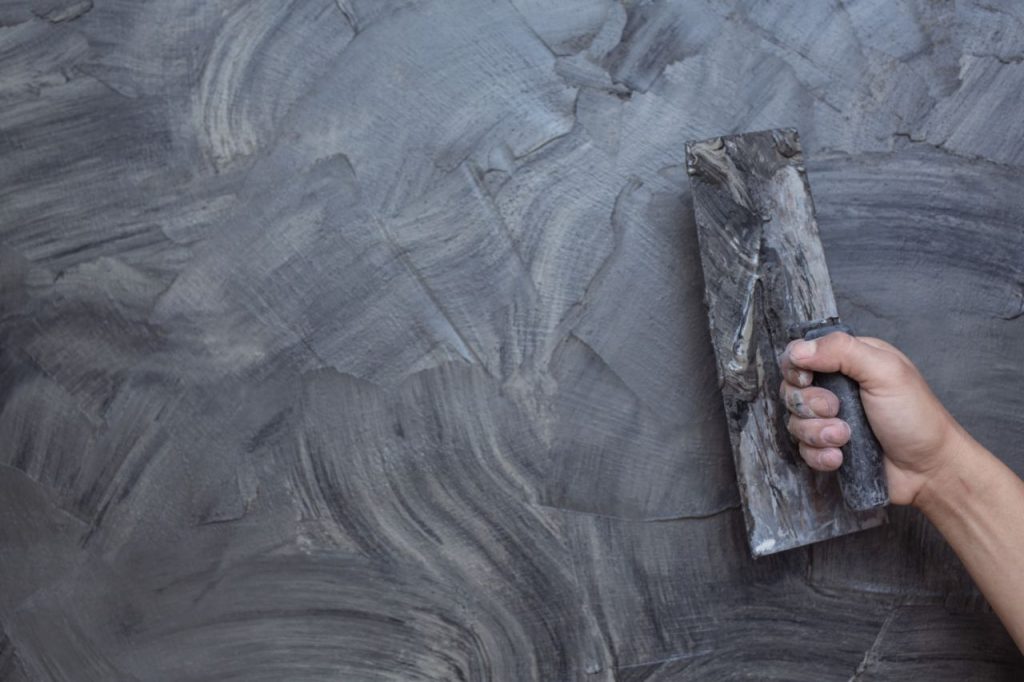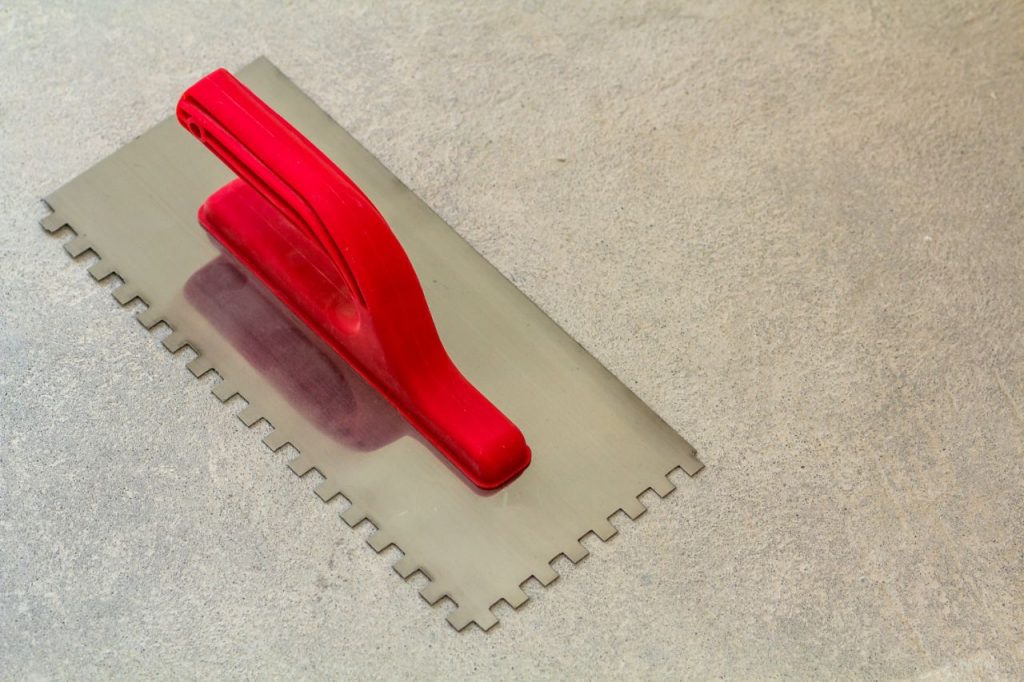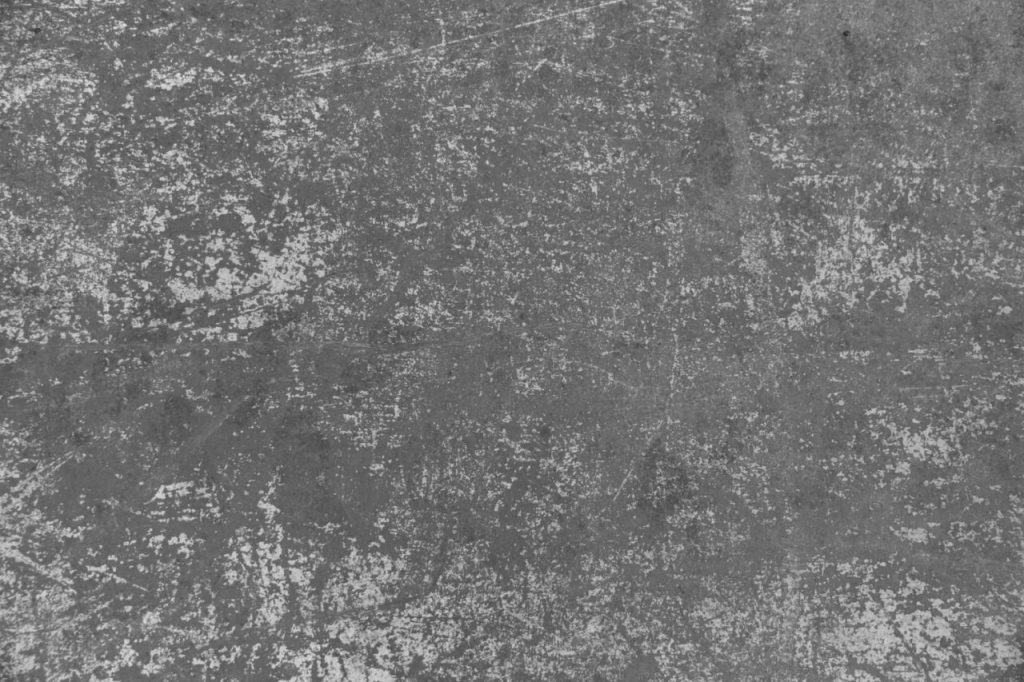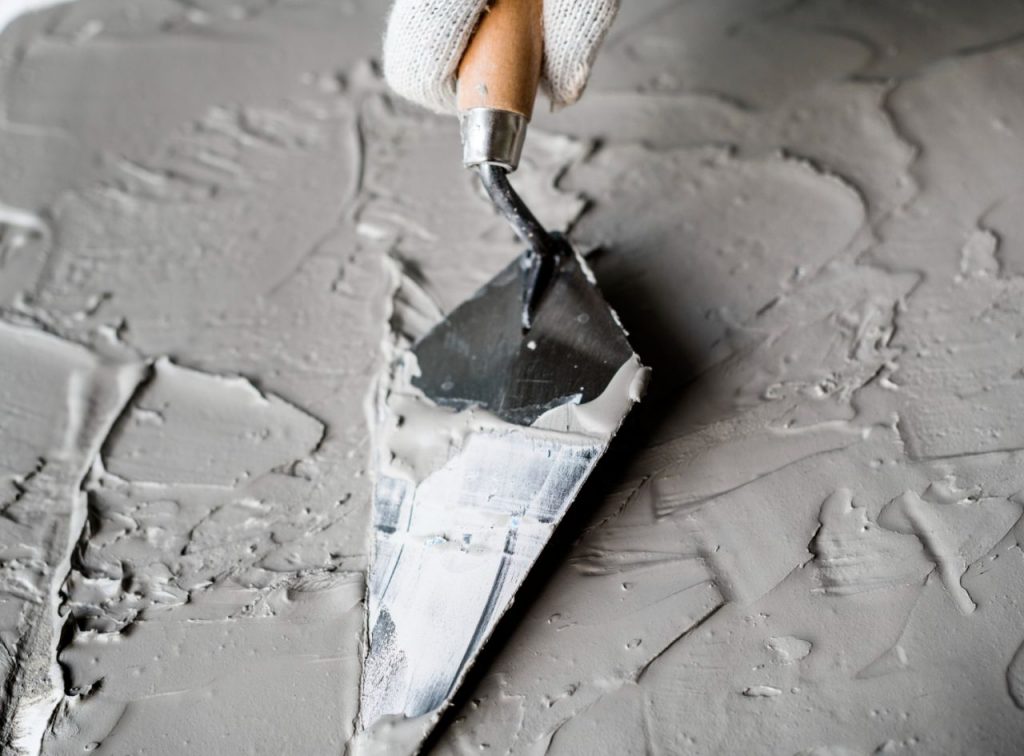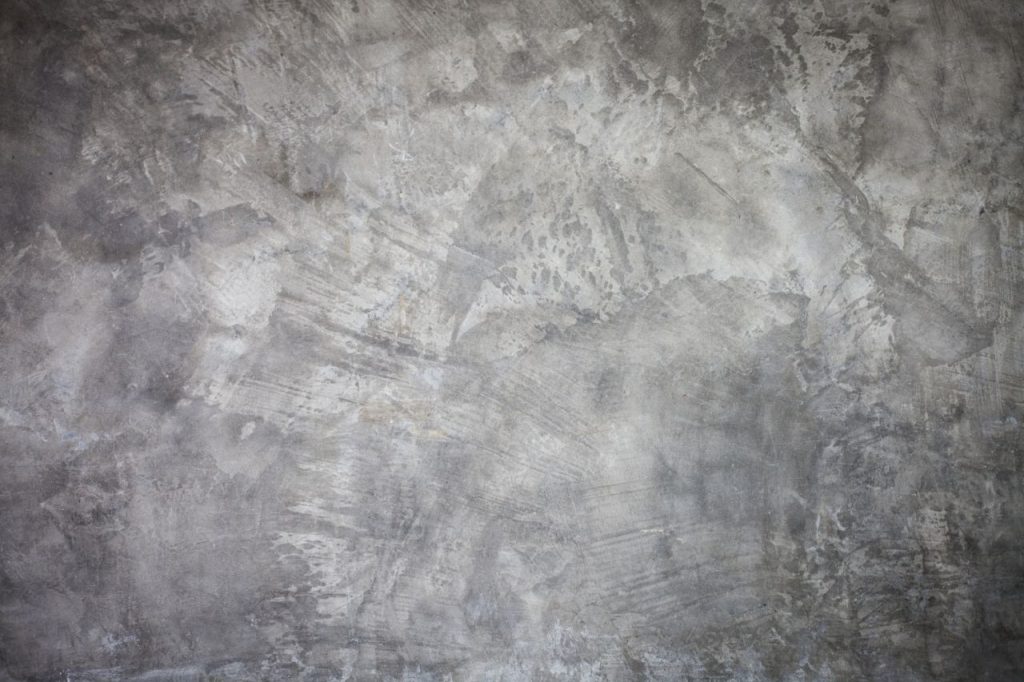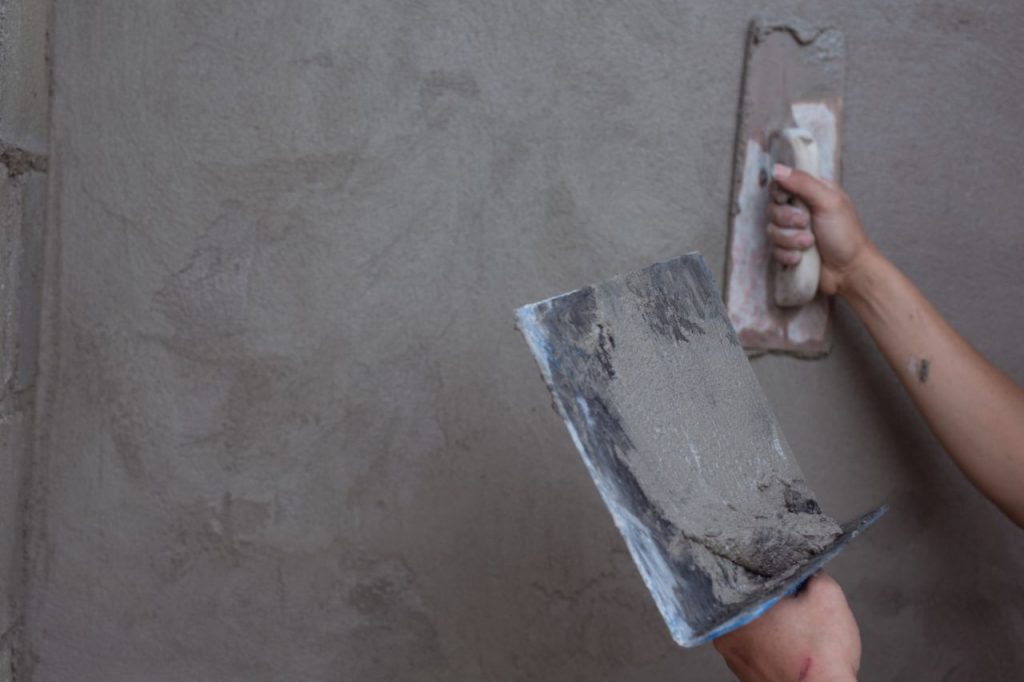If you've ever wondered how architects and builders managed to meet stringent requirements for soundproofing, fire safety, and energy efficiency in residential construction, the answer is plasterboard.
Gypsum, also known as calcium sulphate dihydrate, is used to make plasterboard.
Plasterboard is a building material that is commonly referred to by a variety of other names. Ceilings and dividing walls can be lined with them in virtually any kind of structure, from homes to hospitals to offices to stores.
Modern plasterboard, however, can also serve as wall sheathing.
Plasterboards are used in large quantities during constructing renovations and constructions and must be disposed of in a timely and secure manner. This has prompted questions about the safety of plasterboards and their potential for recycling.
You'll find the answers to these and other questions about the safety of plasterboard, how to dispose of it properly, and what you can do with old sheets of drywall in this post.
Can Plasterboard Be Recycled?
There is no way to get around the need for plasterboards in building projects. Our primary focus is on answering the issue, "Can plasterboard be recycled?"
Plasterboards are recyclable, the answer is yes. They are made from a recyclable material called gyprock. Plasterboards, however, cannot be recycled with other items because they are made of gypsum, paper, and minor amounts of additives.
Plasterboards can be recycled, but unfortunately, they are not accepted at every recycling facility. The reason for this is that many recycling centres do not accept plasterboards, and it is illegal to put them in landfills. Plasterboard has a bad rap for being dangerous. This, however, is only generally true.
Plasterboard, a sulphate mineral similar to gypsum, was previously suggested. Hydrogen sulphide is produced by a chemical process when it comes into contact with water or when combined with rotting garbage. If this continues for a period, the accumulated gas could be caustic or dangerous.
This is the primary argument for the elimination of plasterboard from landfills. Hydrogen sulphide formation, however, is a relatively sluggish process that requires considerable time to complete. Hence, no harm is done to the environment before the gas's production.
Reusing plasterboards does not require the addition of any new materials. Closed-loop recycling describes the method used to reuse old plasterboards. Contaminants are the only item that can render plasterboard unrecyclable.
Is Plasterboard a Dangerous Waste?
Plasterboard is used in so many buildings that concerns have been raised about whether or not it is safe to use. The health of our planet has been receiving more attention as of late, and it is imperative that we all do what we can to keep it that way. Because of this, one may wonder if plasterboard constitutes hazardous waste.
Plasterboard is not a harmful waste product, thus no. In the eyes of the law, it does not constitute hazardous waste. Plasterboard is not considered hazardous garbage unless it comes into contact with other trash that can cause a chemical reaction leading to the formation of hydrogen sulphide, as we discussed before.
Thus, while discarding plasterboard, a specialised mono cell, a structure made up of façade panel, a skeleton, and interior wall panels should be used. The plasterboard trash is contained in its own individual compartment, keeping it apart from other garbage.
Is It Possible to Biodegrade Plasterboard?
Biodegradability is an important characteristic of any material or product that claims to be eco-friendly. This means that the product can be degraded by soil bacteria and microorganisms without harming the surrounding environment.
Given plasterboard's widespread application, knowing whether or not it possesses this crucial feature is crucial. Plasterboard is indestructible; it cannot be decomposed by microorganisms.
Plasterboard and other gypsum-based building materials are therefore not suitable for disposal in a landfill's biodegradable waste stream. So when chemical reaction is set off, a toxic gas is generated that kills out the soil's bacteria and microorganisms.
The gas is caustic and emits a foul odour similar to that of decaying eggs. There may be an explosion if the whole pile caught fire. Plasterboard should be recycled, but first you need to call and find out if they accept it.
Is Plasterboard and Drywall the Same Thing?
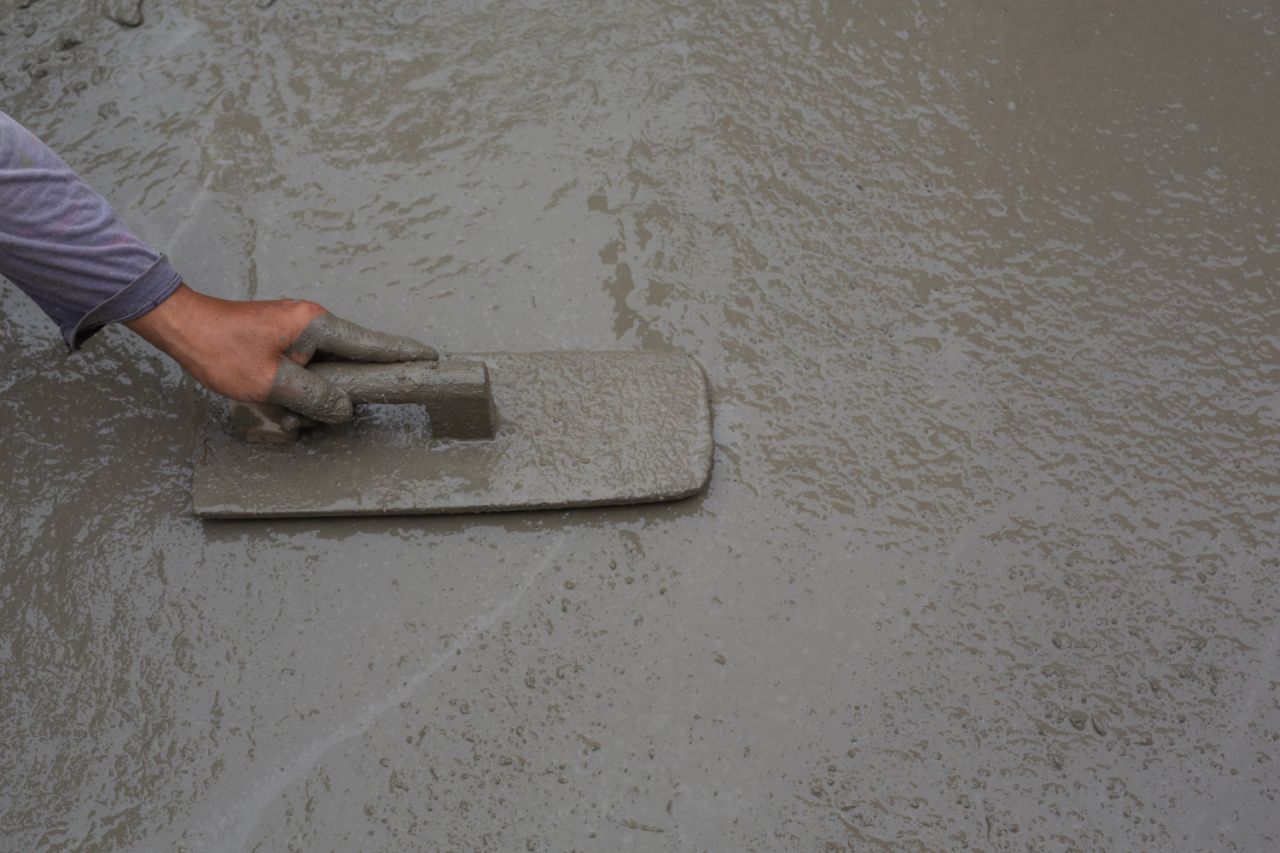
If you're not in the construction industry, it might be tough to tell the difference between drywall and plasterboard. For the sake of clarity, though, we shall compare and contrast the two to highlight any similarities and differences.
Although plasterboard and drywall are not exactly the same, they are able to serve in place of one another. We're going to compare and contrast these two items to see how they vary.
Drywall is a type of panelling used in the construction of walls and ceilings on the inside of structures. It has a thick paper front and back and is made with a rigid gypsum core with extended edges.
Plasterboard, on the opposite side, is meant to serve as a surface upon which plaster will be applied. Often blue in colour, this face paper is used to take plaster base coats and serve as a finishing coat. Plasterboard is typically seen in older homes because of its greater thickness and durability compared to drywall.
Drywall's potential benefits include its ability to withstand fire, dampen noise, and keep mould and mildew at bay. Plasterboard, on the other hand, is an excellent sound barrier, is durable, and resists buckling. Drywall, on the other hand, has surpassed wood as the most prefered interior material due to its low cost, ease of installation, and repairability.
Drywall and plasterboard, both manufactured in essentially the same fashion. A paste or slurry is made by mixing the gypsum with other ingredients like paper pulp. The paste is smeared in a thin layer in between two sheets of fibreglass or paper. Then it's baked at high temperatures to dry and harden it.
Once the wood has dry, it is cut into various sizes for use. The width is always four feet, however the height can be different. The thickness of boards also changes depending on their application.
Drywall and plasterboard installation techniques are interchangeable. These items can be installed on a wide variety of substrates, including metal, concrete, and wood studs. First, screws or anchors are used to secure the boards to the wall. The boards are then taped together at their joints.
The tape is covered with a compound to give a seamless appearance and hide any seams. And if the compounds are placed in multiple layers, the result is faultless. The board is then polished smooth, and depending on the desired finish, it can be textured in a variety of ways.
Hence, while there are some differences between drywall and plasterboards, they have many similarities in production, application, and benefit.
Is Gyprock the same as plasterboard?
Another common misunderstanding is that gyprock and plasterboard are the same thing. Plasterboard, often known as gypsum board or drywall, is another name for gyprock. Gypsum board, sometimes known as gyprock, is any building material made by pressing gypsum onto paper faces.
The numerous names used in various countries are the only distinguishing factor. Drywall, plasterboard, or gyprock may be used interchangeably depending on the region. Plasterboard and gyprock are interchangeable terms.
Amazing Plasterboard Disposal Methods
Reusing materials instead of throwing them away is one of the most environmentally responsible things you can do. Yet, there are alternative options for getting rid of junk. Upcycling is the process of finding new uses for previously used items. Let's look at some creative uses for recycled wallboard.
Give It Away
One of the best ways to make an impression is to make people's lives better. Plasterboards are in high demand, but not everyone can afford to buy them. Find out if any nearby construction companies need any extra supplies by getting in touch with them.
Free giveaways can also be posted on social media and classifieds sites like Craigslist and Facebook. Many people would appreciate your generosity.
Elegant Ceiling Designs
Plasterboards are simple to deal with and straightforward to set up if you have the right tools. For this reason, if you happen to have a few unused plasterboards laying around, you can utilise them to make some lovely patterns for your ceiling.
A butterfly form would be perfect for the kids' room, while a unique and lovely pattern would be perfect for the living area. The use of colour is also open for experimentation.
Shelving and Plasterboard Shelves
Making shelves and shelving units is another ingenious technique to reuse old plasterboard. You can build a sort of shelf out of them, perfect for storing books and other necessities.
You should first sketch up your plan on paper and double check your dimensions before moving on. You may find instructions online for building shelves of all sizes, shapes, and styles, and put them to use all over your house.
Arches made of plasterboard
Elegant arches are often used as passageways between rooms in luxury residences. That's something you can achieve in your own home, too, by installing arched entrances between adjoining rooms.
For those who reside in cramped quarters, this is a brilliant solution. Making a decent arch is not difficult even if you are not an expert. The arch can be sculpted into any form you like, and the design is completely up to you and your personal preferences.
Partitions made of plasterboard
Partitions are useful for separating rooms in a house or apartment. Is there a more efficient way to build walls than with plasterboards?
Plasterboard walls are versatile enough to serve both as room dividers and as displays for prized possessions.
Cabinets made from plasterboard
One of the most adaptable construction materials is plasterboard. Builders and DIYers alike can benefit from their use on a variety of projects.
Plasterboards can be used to construct cabinets for your home. Plasterboard cabinets' one and only drawback is that they are permanently fixed in place. Depending on the dimensions of the area and the objects you need to store, you can construct cabinets of varying sizes.
Bar Counter Made of Plasterboard
If you've ever dreamed of having your very own bar right in your own home, now is your chance. Plasterboard is versatile enough that you may shape it into a bar counter and decorate it however you choose.
Don't forget to build some little shelves inside the counter top for keeping beverages. The plasterboard bar countertop is convenient because it can be installed almost anyplace.
Why Plasterboard Must be Recycled
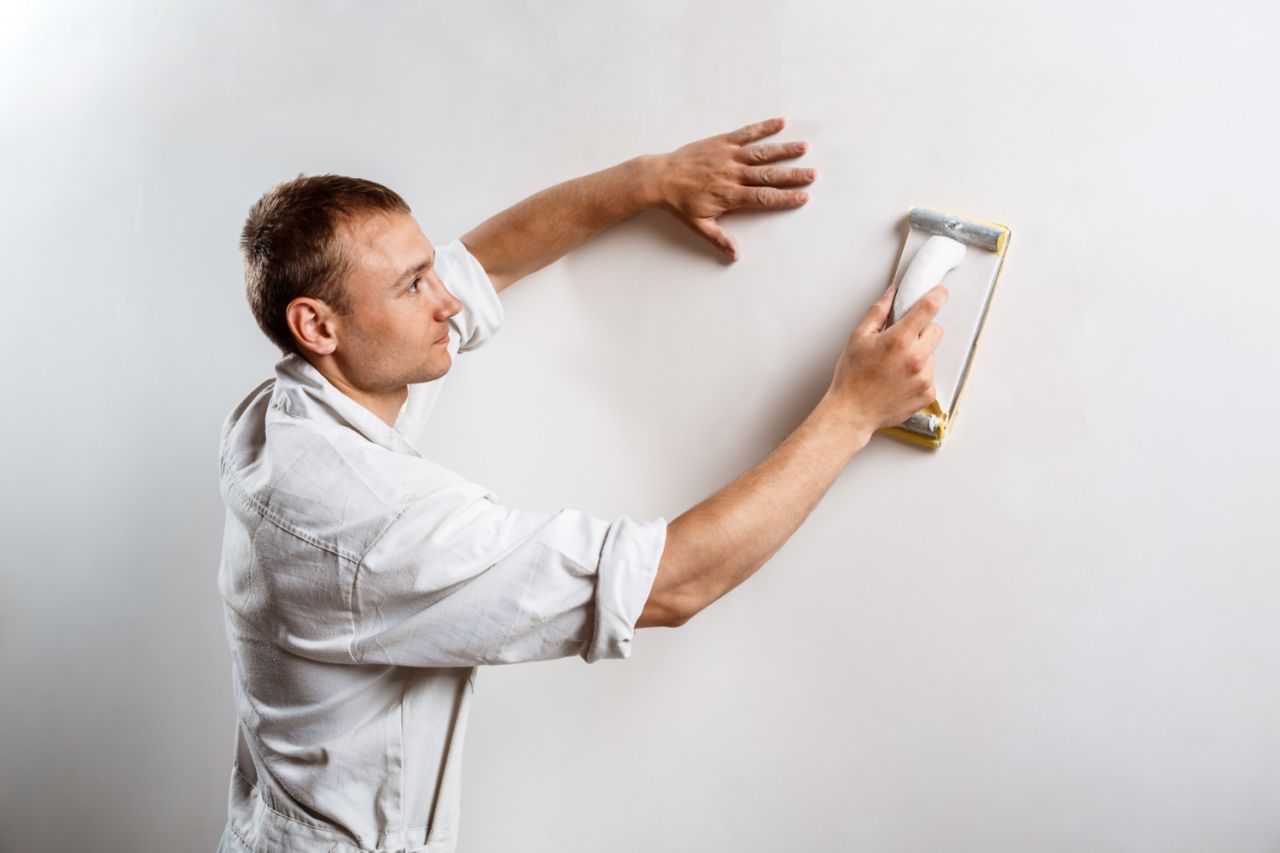
Construction projects all over the world rely on plasterboard, often known as drywall or gypsum board. Plasterboard is an economical and long-lasting building material, yet it has serious environmental consequences if it is not recycled.
Plasterboard contains a lot of gypsum, a material that is extracted from quarries, which is why recycling is so important. Gypsum mining can cause soil erosion and habitat degradation in addition to consuming a lot of energy and materials. Plasterboard recycling helps to conserve natural resources by lowering the need for fresh gypsum.
Plasterboard recycling has multiple environmental benefits, including minimising the use of natural resources and extending the life of landfills. Plasterboard, when dumped in a landfill, can cause water contamination and the discharge of toxic gases like hydrogen sulphide. Plasterboard recycling helps reduce landfill waste, which in turn lessens these environmental problems.
Plasterboard recycling can also provide financial rewards. Gypsum is an important resource that has multiple applications in the economy, including the food and beverage, cement, and construction sectors. New products and industries that help local economies and give jobs can be developed by recycling plasterboard.
Plasterboard recycling is important for several reasons, including lowering pollution levels, preserving natural resources, and fostering economic growth. Plasterboard recycling is a crucial step towards a more sustainable future, and it should be taken seriously by both individuals and organisations.
Conclusion
Plasterboard is a material used to construct homes to stringent standards for noise reduction, fire resistance, and environmental friendliness. Plasterboard is made from gypsum, or calcium sulphate dihydrate.
It's a material that can be used to cover the roof and walls of any building, from residences to medical facilities to workplaces to retail establishments. Plasterboard gets a bad rap because of the assumption that it is dangerous, but this is not always the case. When it reacts with water or decaying garbage, a chemical process occurs that produces hydrogen sulphide.
This is the main justification for preventing the disposal of plasterboard in landfills, but there is no negative impact on the environment prior to the creation of the gas. Plasterboards can be recycled without introducing any new materials into the system thanks to closed-loop recycling.
Unless it has come into contact with other trash that could cause a chemical reaction leading to the formation of hydrogen sulphide, plasterboard is not considered hazardous waste. Plasterboard is not biodegradable because it is indestructible and cannot be broken down by microorganisms in a landfill.
You can recycle your plasterboard by calling ahead to make sure they take it.
Reusing or recycling old plasterboard cuts down on the consumption of natural resources like gypsum. It helps preserve natural resources and extends the useful life of landfills, among other environmental benefits.
The financial benefits of recycling plasterboard include the creation of novel products and industries that contribute to local economies and create employment opportunities. Reduced pollution, preserved natural resources, and increased economic growth are just a few of the many benefits that come from recycling plasterboard.
Content Summary
- Gypsum, also known as calcium sulphate dihydrate, is used to make plasterboard.
- Plasterboard is a building material that is commonly referred to by a variety of other names.
- Plasterboards are used in large quantities during constructing renovations and constructions and must be disposed of in a timely and secure manner.
- This has prompted questions about the safety of plasterboards and their potential for recycling.
- There is no way to get around the need for plasterboards in building projects.
- Plasterboards, however, cannot be recycled with other items because they are made of gypsum, paper, and minor amounts of additives.
- Plasterboards can be recycled, but unfortunately, they are not accepted at every recycling facility.
- Plasterboard has a bad rap for being dangerous.
- This is the primary argument for the elimination of plasterboard from landfills.
- Closed-loop recycling describes the method used to reuse old plasterboards.
- Plasterboard is used in so many buildings that concerns have been raised about whether or not it is safe to use.
- Because of this, one may wonder if plasterboard constitutes hazardous waste.
- Plasterboard is not a harmful waste product, thus no.
- In the eyes of the law, it does not constitute hazardous waste.
- Plasterboard is not considered hazardous garbage unless it comes into contact with other trash that can cause a chemical reaction leading to the formation of hydrogen sulphide, as we discussed before.
- Plasterboard and other gypsum-based building materials are therefore not suitable for disposal in a landfill's biodegradable waste stream.
- Plasterboard should be recycled, but first you need to call and find out if they accept it.
- Drywall, on the other hand, has surpassed wood as the most prefered interior material due to its low cost, ease of installation, and repairability.
- Drywall and plasterboard installation techniques are interchangeable.
- First, screws or anchors are used to secure the boards to the wall.
- Reusing materials instead of throwing them away is one of the most environmentally responsible things you can do.
- Upcycling is the process of finding new uses for previously used items.
- Let's look at some creative uses for recycled wallboard.
- One of the best ways to make an impression is to make people's lives better.
- For this reason, if you happen to have a few unused plasterboards laying around, you can utilise them to make some lovely patterns for your ceiling.
- Making shelves and shelving units is another ingenious technique to reuse old plasterboard.
- One of the most adaptable construction materials is plasterboard.
- Plasterboards can be used to construct cabinets for your home.
- Plasterboard is versatile enough that you may shape it into a bar counter and decorate it however you choose.
- The plasterboard bar countertop is convenient because it can be installed almost anyplace.
- Plasterboard is an economical and long-lasting building material, yet it has serious environmental consequences if it is not recycled.
- Plasterboard recycling helps to conserve natural resources by lowering the need for fresh gypsum.
- Plasterboard recycling has multiple environmental benefits, including minimising the use of natural resources and extending the life of landfills.
Frequently Asked Questions About Plaster
Gypsum plaster is used to create plasterboards, also known as drywall or gypsum board, which consists of two layers of thick paper or fibreglass matting. Gypsum rock, a naturally occuring mineral, is heated to high temperatures and then ground into a fine powder to produce the gypsum plaster.
Plaster is a building material that can be used to create a smooth, even surface on walls or ceilings by layering a mixture of water, sand, lime, or cement. Plasterboard, on the other hand, is a prefabricated panel with a gypsum plaster core and either a heavy paper or fibreglass matting surface. Plasterboard is typically installed more quickly and with less difficulty than traditional plaster, but its durability is not always guaranteed.
There is a wide range of thicknesses available for plasterboards; however, 9.5mm and 12.5mm are the most frequently used. The need for soundproofing and fireproofing will determine the optimal thickness of the plasterboard to be used. The insulating and quieting effects of plasterboards can be enhanced by making them thicker.
Once the surface is properly prepared, plasterboard can be painted. Plasterboard that will be painted should have its surface sanded and cleaned to remove any dust or debris, and then primed to improve paint adhesion. Make sure to follow the manufacturer's instructions when selecting and applying paint to the plasterboard.
Spackle or joint compound can be used to fill small holes in plasterboard; it is applied with a putty knife and sanded smooth once it has dried. Plasterboard can be cut to size and used as a patch for any holes larger than a pencil. Once dry, joint compound can be used to permanently adhere the patch in place before being sanded to a smooth finish. Before sanding or painting, make sure the joint compound has dried completely.
